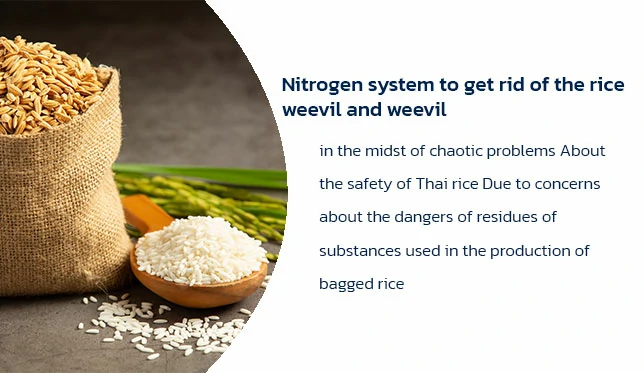Nitrogen system to get rid of weevils

1 Comment
Comments are closed.

Comments are closed.
เว็บไซต์ siamwaterflame.com มีการใช้งานคุกกี้ (Cookies) เพื่อจัดการข้อมูลส่วนบุคคลและช่วยเพิ่มประสิทธิภาพการใช้งานเว็บไซต์ท่านสามารถศึกษารายละเอียดเพิ่มเติมและการตั้งค่าคุกกี้ได้ที่ นโยบายการใช้คุ้กกี้
Pingback:Nitrogen system to get rid of weevils and weevils - Nitrogen Gas Generator